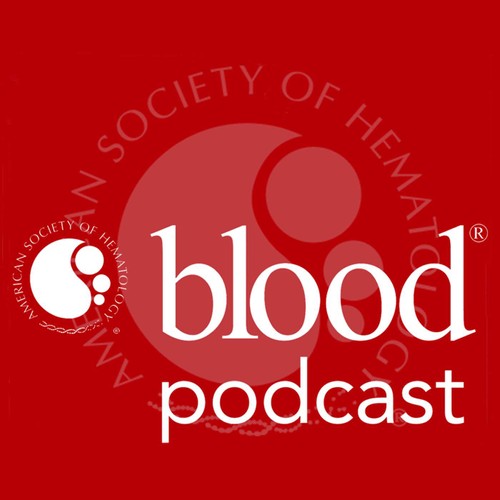
 Blood Podcast
Blood Podcast Diffuse large B-cell lymphoma’s long-term effects on immune profiles, plasminogen activation and prevention of venous thromboembolism, and PARP inhibitors in hematological malignancies carrying epigenetic mutations
9 snips
Sep 11, 2025 Discover the lasting impacts of diffuse large B-cell lymphoma on immune profiles, revealing how treatment can leave patients with a dysfunctional immune system. Explore new insights into plasminogen activation and its surprising lack of role in preventing venous thromboembolism. Additionally, delve into the exciting potential of PARP inhibitors in targeting hematological malignancies with epigenetic mutations. This engaging discussion sheds light on significant advancements in understanding and treating blood cancers.
AI Snips
Chapters
Transcript
Episode notes
DLBCL Leaves A Lasting Immune Scar
- Diffuse large B-cell lymphoma (DLBCL) causes a persistent, cancer-specific immune imprint that outlasts treatment by years.
- Patients show chronic inflammation, high monocytic MDSCs, fewer naive T cells, and reduced vaccine T-cell responses across stages.
Remission Doesn’t Restore Vaccine Immunity
- DLBCL's immune changes include functional T-cell blunting with lower responses to vaccines, including SARS‑CoV peptides.
- Some remission patients show innate immunity upregulation while others retain inflammatory MDSC signatures, indicating variable chronic inflammation.
Every Cancer Leaves Its Own Immune Mark
- Different cancers leave distinct, persistent immune patterns or 'immune scars' that differ from DLBCL and from each other.
- Each cancer type shows a unique immune dysregulation that persists in active and remitted disease.
